Yegor “markeloff” Markelov has been actively competing in CS:GO for nearly its entire life-span and has participated in all 10 of its prestigious majors, yet the markeloff fans of the game have come to know is unrecognisable from the figure whose play led Natus Vincere (Na`Vi) to four straight majors in the latter years of CS 1.6.
CS:GO’s markeloff is a solid veteran player who uses his experience to play a supportive rifle role in FlipSid3 and facilitate others taking the spotlight. 1.6’s markeloff was the most effective star player in the game and the ultimate pressure match player, powering his Na`Vi side to near unbeatable status on train and a legacy of excellence which has them among the best line-ups to play in the game’s 12 year competitive history.
While the 1.6 markeloff appeared to have transitioned over early in CS:GO, the seeds were there in the previous title for what has become his drastic transformation from super-star carry sniper to supportive rifle role-player.
Emerging talent
markeloff’s early days in Counter-Strike 1.6 had him competing with friends initially and then transitioning gradually into better teams. The Ukrainian scene was heavily active and competitive at the time, integrated into a CIS scene which saw frequent tournaments and qualifiers, allowing teams to compete offline on practically a monthly basis against each other. As such, competition to represent one’s country and the region at international tournaments, and thus build a reputation outside of Eastern Europe, was intense and provided a great deal of parity at that time.

markeloff’s early HellRasiers and DTS line-ups had their few big scores within the region and many events in which they were bested. In his first games against international competition, markeloff would have solid results and upsets against top tier teams such as the likes of the Finns of ROCCAT, the Danes of mTw.dk and Germany’s mouz. The key turning point came when markeloff and Edward were paired up for the first time, in the Spring of 2009.
Edward was the prodigy of Ukrainian Counter-Strike, competing since his youth and possessed of such raw talent that he had both won himself a starting spot in the traditionally Russian Virtus.pro line-up and scores of Western fans, thanks to his phenomenal aim. markeloff had risen up but not to the same degree. Putting the two players together saw the Ukraine’s two brightest talents aligned in the same unit.
A notable break-out moment came in a loss to the FNATIC line-up, featuring GeT_RiGhT and f0rest, who was stampeding across everyone that year. A monster carry performance from markeloff on inferno had his team poised to steal a map from the world number ones, only for the Swedes to rally back and steal victory in narrow fashion. This was the moment at which markeloff arrived internationally.
The young man from Dnipropetrovsk was comparable to the likes of mou and WorldEdit in CS:GO – clearly skilled, at times looking ready to embrace the mantle of being an international star and yet too inconsistent in high level play to truly earn that status. The HellRasiers’ player’s flicks were erratic and looked more in-line with a show-boating player looking to get onto a highlight reel when his shots land than the stable snipers CS:GO had made into legendary names.
Dawn of the Na`Vi era
While Edward and markeloff had found their way to each other and had an implicit, although likely unspoken, understanding that they should stick together as a parternship of stars and from then on have teams built around them, the line-ups they played with that year were nowhere close to capable of winning internationally. That changed at the end of the year when Arbalet, the rich benefactor of the CIS scene, decided to construct an all-Ukrainian line-up which could compete with the world’s best teams.
The wealthy Kazakhstani commissioned starix, a long-time veteran of the Ukrainian scene and one of the country’s most decorated names, with building a line-up capable of greatness and not hindered by petty personal politics. After sorting through who would be a part of such a team, the line-up was set, in December of 2009, which would change Counter-Strike history, although nobody could have known it at the time.
That Na`Vi line-up would win all three majors in 2010, break the record for prize money won and eventually go on to make it four straight majors, taking the first of 2011 too. As great as they were as a team and with players highly capable in each of the roles assigned to them, markeloff was the center piece and focal point of the relentless Na`Vi winning machine. As his play went so did Na`Vi and for that first year he proved practically unstoppable.
Na`Vi battled against FNATIC and mouz early on to reach the top and then, most famously, with mTw.dk seemingly every tournament from the Summer onwards, beating out one of history’s most competitive fields of top teams to earn title after title and accrue a legacy of greatness which has endured through the years.

mTw were arguably the game’s best tactical team and had a super-star of their own in trace. FNATIC were still loaded with talent in the form of GeT_RiGhT and f0rest, later adding the prodigal son Gux back into the line-up. None of those teams had a player like markeloff, though, and thus they all fell in the biggest competitions and saw the Na`Vi star hoisting yet more trophies.
Na`Vi didn’t win every big title or match that year, but they won so many and in such key moments that their victories drowned out the memory of their losses and left no question as to who the best team of the year was. To put their success into context: in less than 13 months (March 2010 to March 2011) Na`Vi and markeloff won more majors, four, than f0rest won in his entire seven and a half year professional career in Counter-Strike 1.6, with the legendary Swede only reaching the mark of three.
The impossible sniper
markeloff was perhaps the most unique sniper in Counter-Strike history in terms of the combination of his skill-set and his playing style. He moved and fired like a higher sensitivity flick-shot player, as seen in the likes of Sunde in 1.6 and ChrisJ and Maikelele in CS:GO, aggressively peeking and repeeking angles to fire off rapid snap-shots. Such players, as is the case with those examples cited, are famously erratic in their hit-rate and look to be more elusive and ride hot streaks of form to big games.
The most successful and dominant AWPers in CS history, to that point in time, were the slow-and-steady types, a style made famous by the masterful cogu and the monstrous fRoD. These players relied upon using intelligent positioning and strong tracking aim to line up a shot before firing and thus ensure a high and consistent hit-rate.

What made markeloff utterly unique and practically broke the game was that he had the lightning quick firing speed of the former type of player and yet somehow combined it with an uncanny hit-rate and consistency that would have made more sense from the slow-and-steady style of sniper. As such, nobody could go head-to-head with markeloff as an AWPer and teams had no answer for his sniping.
The revolutionary impact of markeloff’s success can be contrasted against Steph Curry’s impact upon the NBA. Prior to him, three-point shooters were either above average shooters who waited until they were on a hot streak and then launched until they cooled off or expert shooters who looked for open shots or played off screens, with their team-mates opening up space for them by blocking defenders, to ensure high percentage shots which they could make.
When Steph Curry emerged as a star talent it was found that didn’t need to rely upon shots being created for him, being perfectly capable of shooting off-the-dribble or contested, and could fire as many three pointers as he wanted in a game without seeing his percentage of outside shots dip by much. The Golden Star Warriors’ star could shoot double the shots of past three-point greats and still make them with as good or better a hit-rate.
markeloff’s feat is arguably more outstanding when one considers that Steph Curry’s example has seen shooters across the league freed up to take more shots and thus scoring from long range increase massively, where markeloff’s example was never able to be really matched by anyone during the 1.6 days.
As if to complete the Na`Vi man’s unique and unfair skill-set, he was also a top 10 player with the rifles, good with pistols and decent at clutching.
Trouble on train
markeloff’s AWPing prowess was best on display on train, Na`Vi’s home map and the rock upon which their dynasty was built. Playing the outside bomb train, markeloff’s firing speed entirely countered opposing AWPers, who were used to being able to peek out from the pop-dog ladder room and get a crack at a fair 50/50 duel against the CT sniper. T side AWPers found themselves eaten up by markeloff with alarming frequency and their teams suffered similar fates.
Where the slow-and-steady style AWPers would hit their first shots and then reposition defensively, perhaps communicating to team-mates and ceding ground, markeloff could, and so often did, fire so rapidly and with repeated success that he could take down an entire outer rush by himself. Na`Vi’s success on the T side of the map was thanks to Zeus’s tactical approach, but their dominant CT halves were masterpieces fleshed out by the long green paint brush of markeloff’s skill-set.
Master of the majors
As the career of f0rest in 1.6 showed, simply being the best player in the world or one of the best in history does not ensure one will capture the biggest titles in the game. When the pressure reaches its limit and a player is put to the ultimate test, against elite level competition no less, many a great player has seen himself unable to convert many of his chances to take the most prestigious titles in the game – the majors.

markeloff again stood out as quite unique in his consistent ability to show up as the best player in the server in the biggest matches. Na`Vi’s three major title wins in 2010 all came off the back of MVP performances from the Ukrainian sniper. Facing even the best teams in the world and the most exceptional of his peers, he would always deliver a strong performance deep in the majors and particularly in the finals.
Players like Potti and NEO, easily among the handful of Counter-Strike’s finest ever, are rare examples of others players who shared this ability to be simultaneously the best player in the team, the best player in the world and most crucically the best player in the big matches. It is no surprise all three are among the most successful star players in Counter-Strike history and most especially at the majors.
The distracted super-star
While Na`Vi would claim the first major of 2011, the year following their initial period of dominance, the team would not win big tournaments from there on out. They remained a top three team in the world and still reached semi-finals routinely and competed in many finals, but would no longer find themselves the last team standing, seeing the likes of SK and the Poles taking the titles and later a new look FNATIC rising up.
markeloff remained a perennial super-star and had many more good games, but something had changed about him as a player and his team. As Na`Vi suffered regular frustrations for the first time, markeloff began giving up the AWPing role to starix, who had been the secondary AWPer of the team and a good hybrid player the year prior.
starix was a reliable AWPer, but he could not have the game impact of markeloff, yet both markeloff and his team decided it was for the best that starix took over such responsibilities and that he would do a better job with them. markeloff explained that he wanted to be known as a more complete player and not simply just the best AWPer.

As 1.6 began to wind down competitively, with CS:GO taking the baton in the late Summer of 2012 and the 1.6 circuit dying off, there were rumours that markeloff was playing more Dota2 than Counter-Strike in his latter days in 1.6.
With Na`Vi continuing to be a key rival to the best teams in the world, battling FNATIC in seemingly every big final towards the end, their lack of trophies won had they looking to when their entrance to CS:GO would begin. NiP had a strong head-start on the top three teams in 1.6 towards the end (FNATIC, Na`Vi and the Poles) and all three organisations chose to bring their 1.6 teams over intact to the new game.
Of the three, Na`Vi were the only one to find any modicum of success with their 1.6 line-up, gradually climbing the ranks until they had become a top five team by the Summer of 2013. markeloff had quickly transitioned to being one of the better snipers in early CS:GO and many looked to him to eventually battle kennyS and GuardiaN for the AWP crown.
A shocking loss at the Prague Challenge, an event lacking many notable teams outside of Na`Vi and rattlesnk’s Anexis, saw the Ukrainian team torn apart. In the final of the tournament they had been the odds on favourite to win, but had lost to Nostalgie, a mix-team featuring the Polish duo of NEO and TaZ, the French kennyS and apEX and led by the Russian OverDrive, a player who was not legitimately at the pro level but was helping bankroll the mix-team. The multi-cultural melting pot did not even share a common language, with them agreeing to split up into duos and speak their native languages, while OverDrive was simply expected not to feed too hard.
Assembling the CIS mega-zord
The shame of losing under such circumstances seemingly shook the Na`Vi team beyond merely that day. Less than a week later, markeloff and Edward left Na`Vi to form Astana Dragons, a CIS super-team which combined the stars of Na`Vi and Virtus.pro, with Dosia, kucher and AdreN representing the latter team.
VP had been the first team to dethrone NiP and had scored another big upset over the Ninjas months later, as well as seemingly always playing them to a close game. With markeloff and Edward added into the mix, there was a real feeling that Astana Dragons could potentially become the best team in Counter-Strike, where VP had never delivered upon the promise of their NiP upsets and completed such a feat.

Early competitions proved that trajectory was not unreasonable, as Astana were reaching consistent top four finishes and only found themselves incapable of beating VeryGames, the new best team in CS:GO. They traded big series wins back-and-forth with NiP, leading to much excitement as to what they might do at Dreamhack Winter, the first major. The event would prove a gross disappointment and mark the end of their time as a legitimate contender for world numnber one status.
2014 saw markeloff and HellRaisers, as the team became known following their previous backing failing them, settle into the role of dangerous dark horses, capable of upsetting many teams in a best-of-1 format – as Titan found out at the second major, but rarely securing big Bo3 series wins or beating out the top teams deep in tournaments.
Transitioning to Support
Frustration mounted over HellRaisers’ lack of respectable results, coupled with their weak map pool and over-reliance on the fragging power of their constellation of aim talents. When the team picked up another Ukrainian CS prodigy in the form of s1mple, who has since gone on to become one of the world’s best players, markeloff took it upon himself to transition into playing a more supportive style, yielding the AWP to the younger Ukrainian talent.

HellRaisers would upset FNATIC, the best team in the world, at Dreamhack Winter 2014, the next major, and make the play-offs, but markeloff’s time had come to a close. He was removed and left to play in FlipSid3, alongside CIS veteran B1ad3. s1mple would come and join him soon enough, with his own issues with HellRaisers and a ban from ESL tournaments preventing him from competing at the first two majors of the year.
FlipSid3 have continued to qualify for every major during their tenure with markeloff, but only high point of top tier significance was beating NiP in the Bo3 decider at ESL One Cologne 2016, the ninth major, to deny the Ninjas a play-off spot for the first time in major history. That series saw markeloff throwing up a flash-back game and dominating the third and decisive map to secure victory for his team.

markeloff’s words in the latter part of HellRaisers were accurate, as the once star AWPer gave up both his role as a primary focus of his teams and sniping duties altogether, allowing the likes of s1mple and WorldEdit opportunity to shine with the weapon. Fans still yearn for markeloff to take up AWPing again, but often seem unaware of how long it has been since he was a top tier force with the gun.
While he was the best sniper in the latter years of 1.6 and a contender for the best AWPer in CS history, markeloff has overwhelmingly been a rifle player in his CS:GO career. He has amassed 3,421 rifle kills offline in CS:GO to his 659 AWP kills, a ratio of around 5:1 AWP to rifle kills. That figure is put in stark contrast when compared to some of the great CS:GO AWPers, as below.
AWP kills offline : Rifle kills offline
markeloff 1:5
Skadoodle 2.9:1
Guardian 2.7:1
kennyS 2.6:1
markeloff has long since hung up his sniper goggles and settled in too being a facilitator for others, now working with B1ad3 to make the likes of WorldEdit and electronic stars. The markeloff of 1.6 and early CS:GO, the explosive and exciting super-star talent, has been replaced by the experienced and even-keeled veteran who is a fundamental part of the base of FlipSid3’s system.
It beats working
As someone who eventually grew tired of the grind of competing in 1.6 and the pressures of being the super-star focal point of his own and opposing team’s game-plans, one can forgive markeloff for perhaps deciding that rather than retire entirely he would simply dedicate himself to playing Counter-Strike as a professional in terms of seeing the game as a job, and one capable of paying much more generously than the ~$188 which make up an man’s salary in his native Ukraine.
Those who saw him soar to unimaginable heights of individual and team excellence in 1.6 must miss the markeloff we knew, even while we can respect the markeloff we know now.




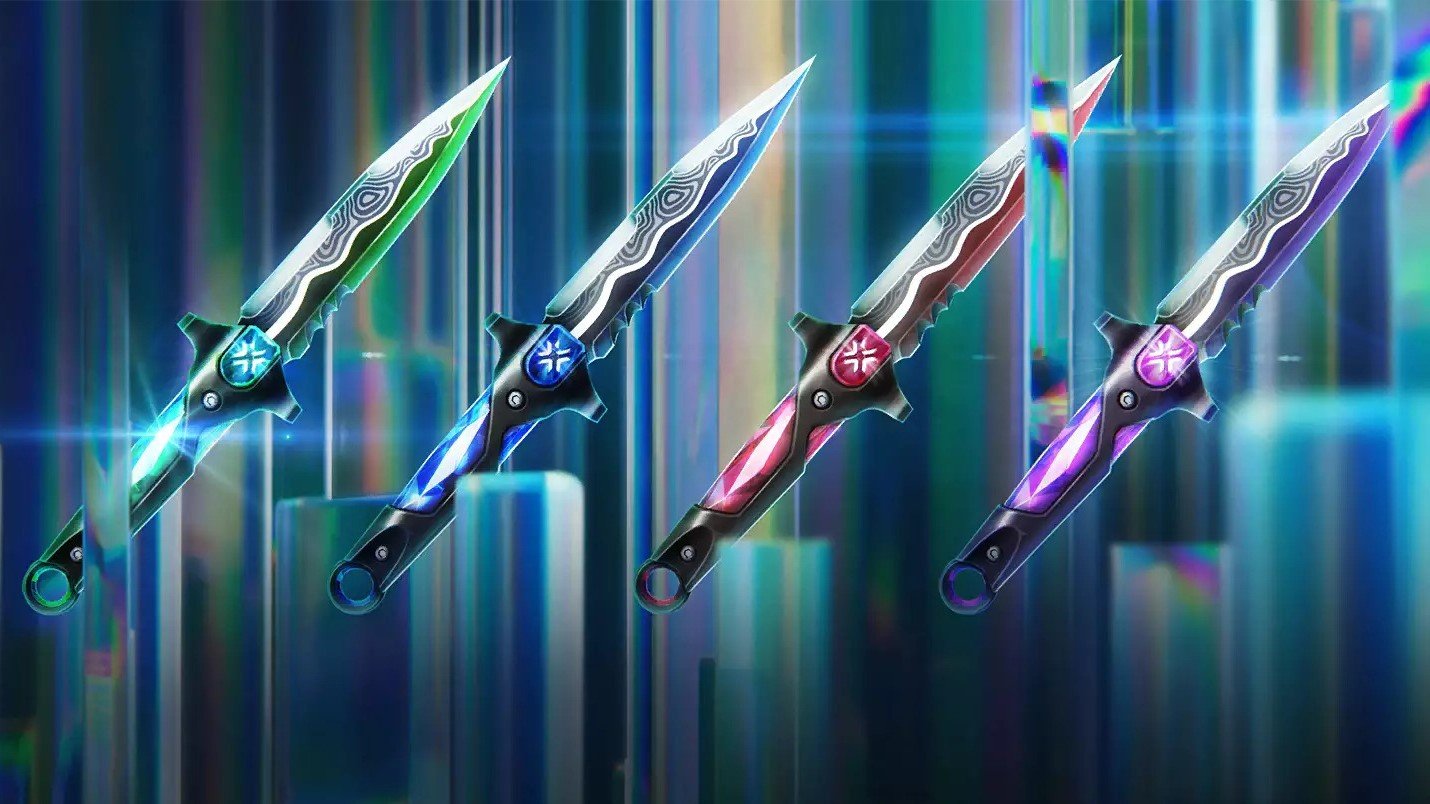
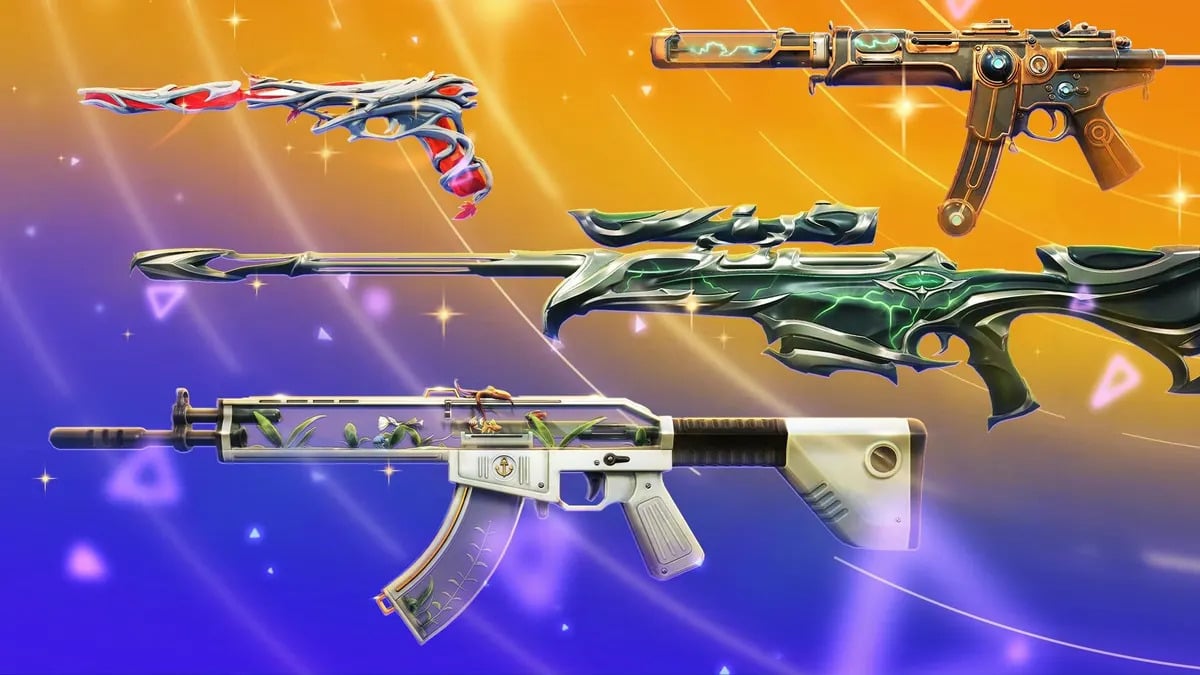
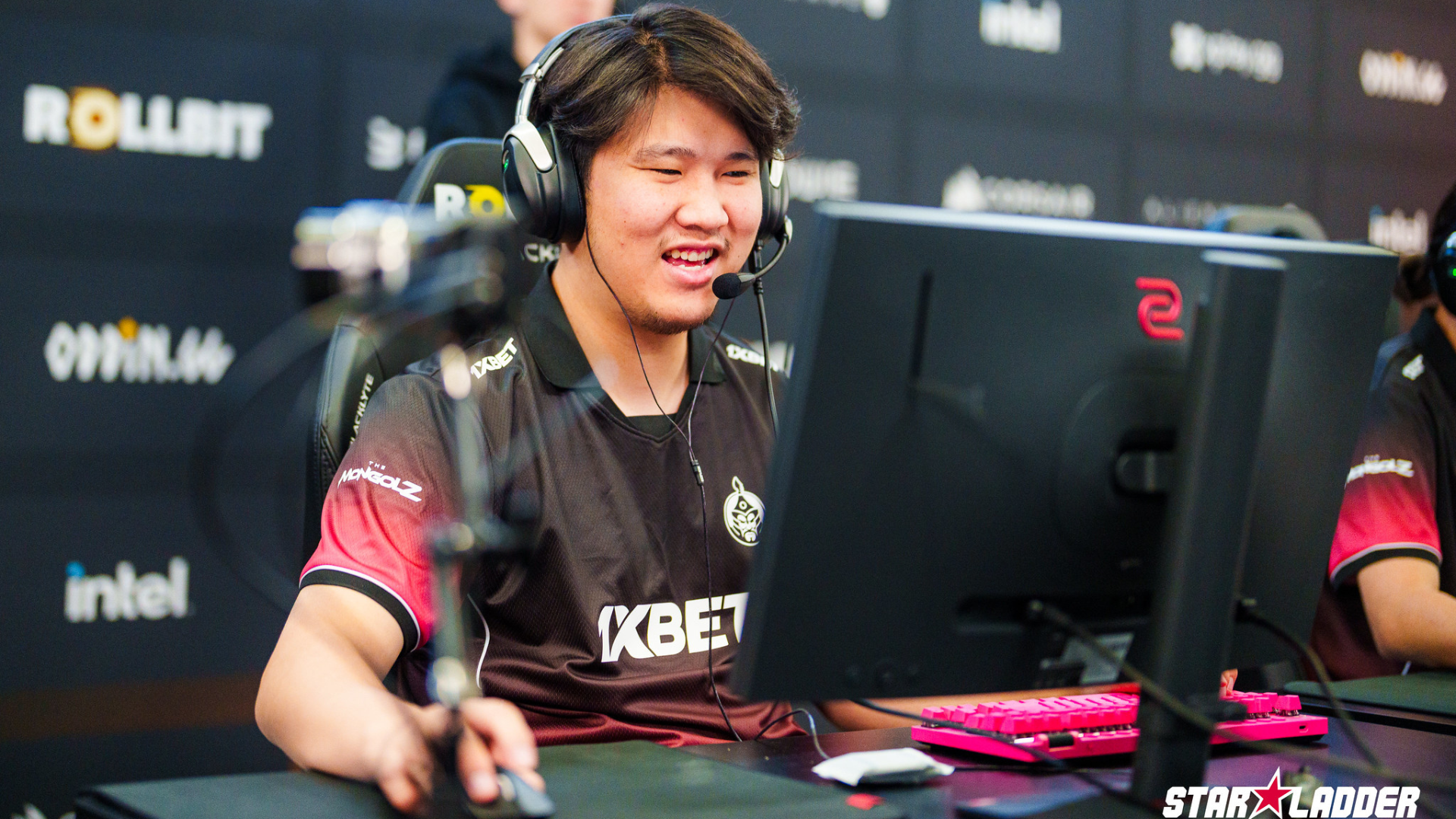
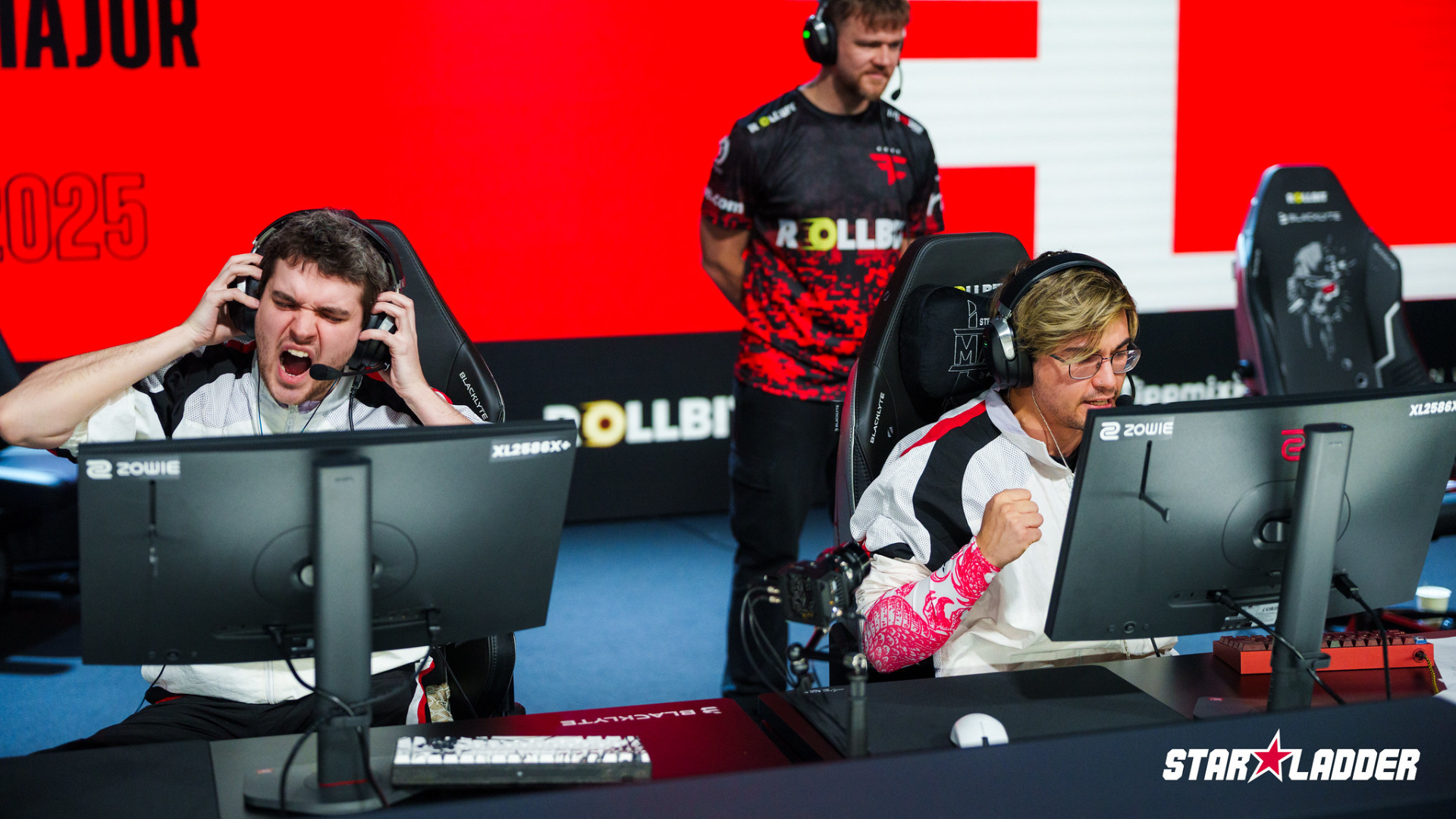
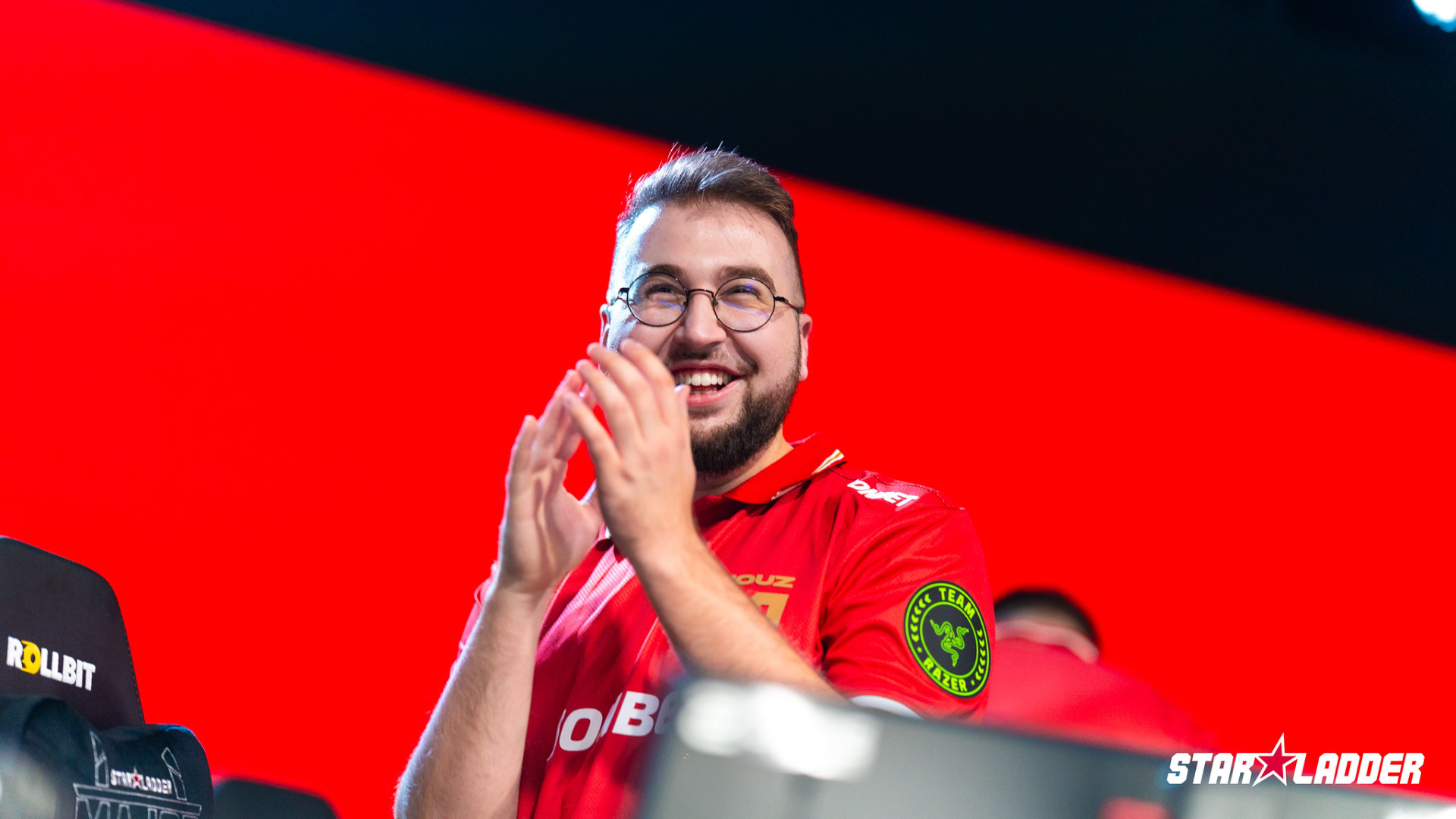
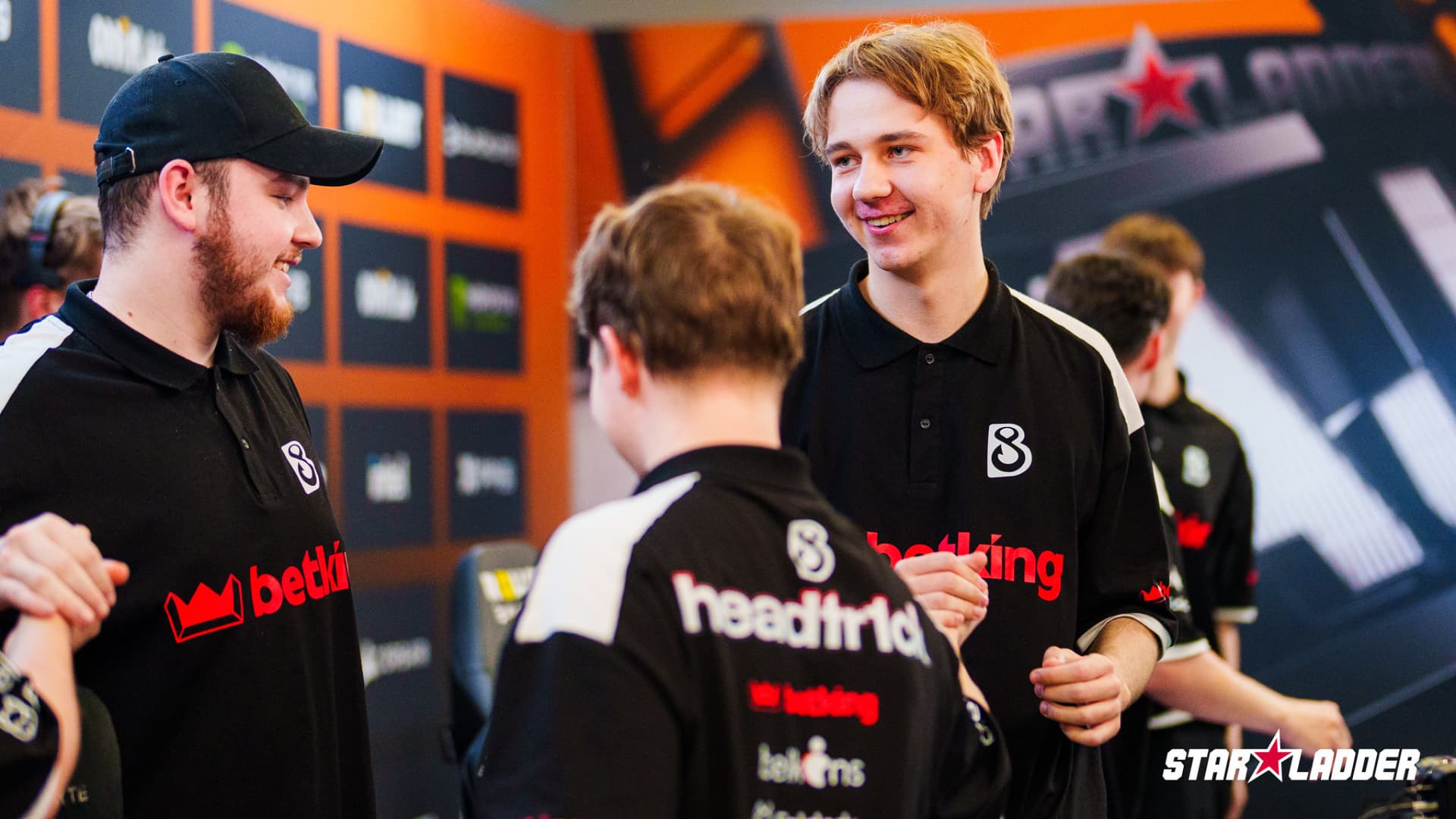
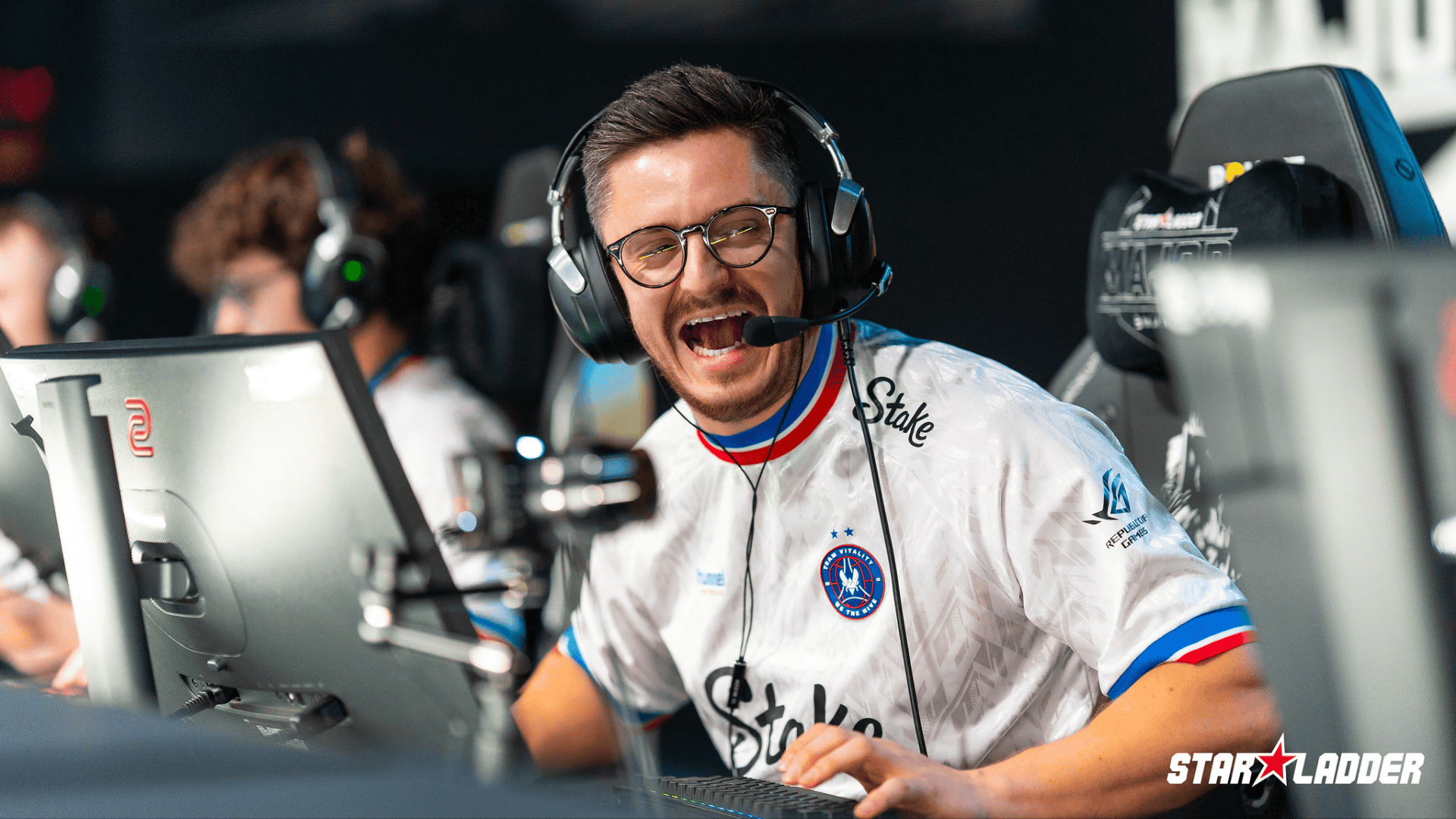
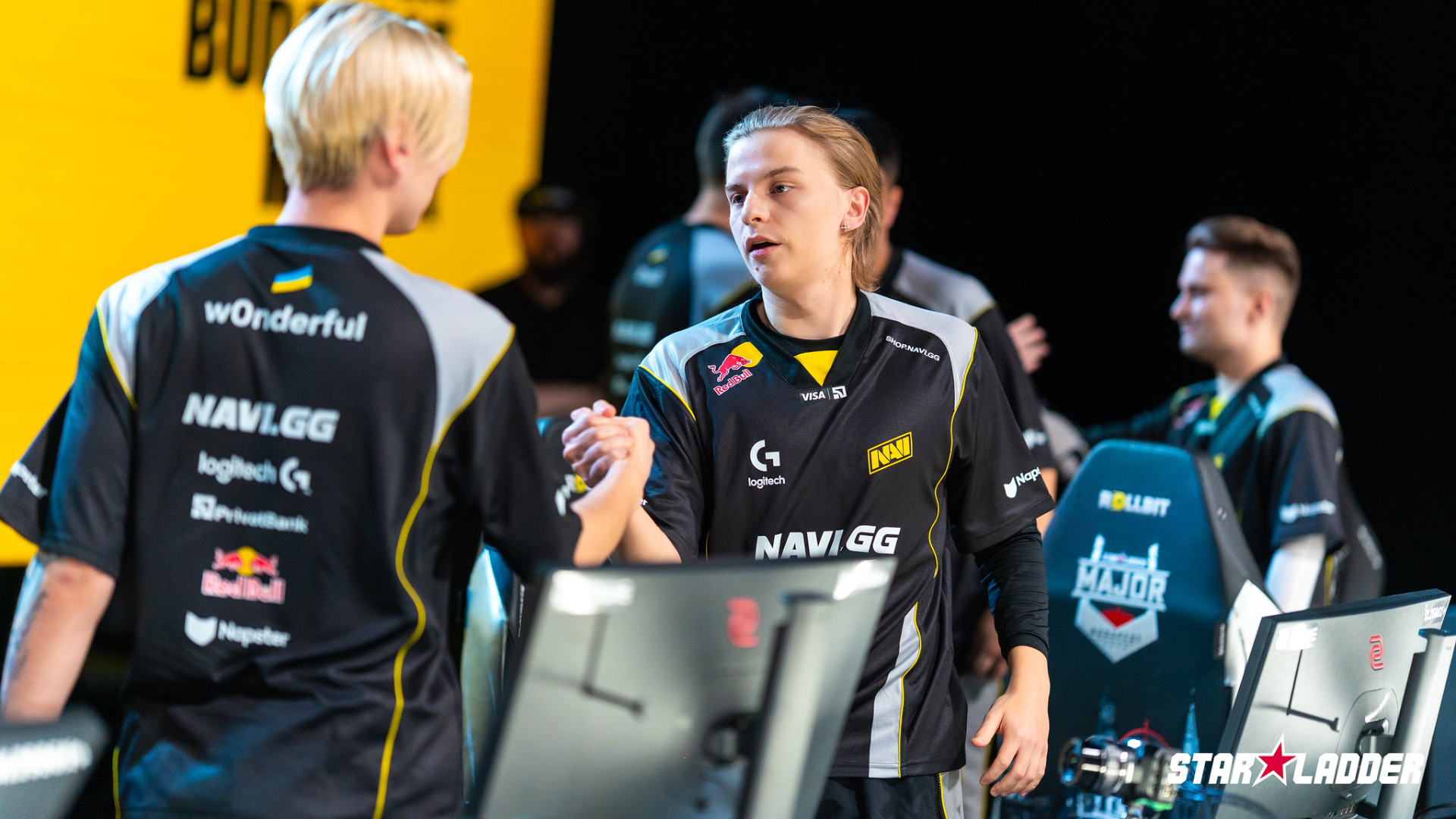
Published: Mar 15, 2017 02:27 pm